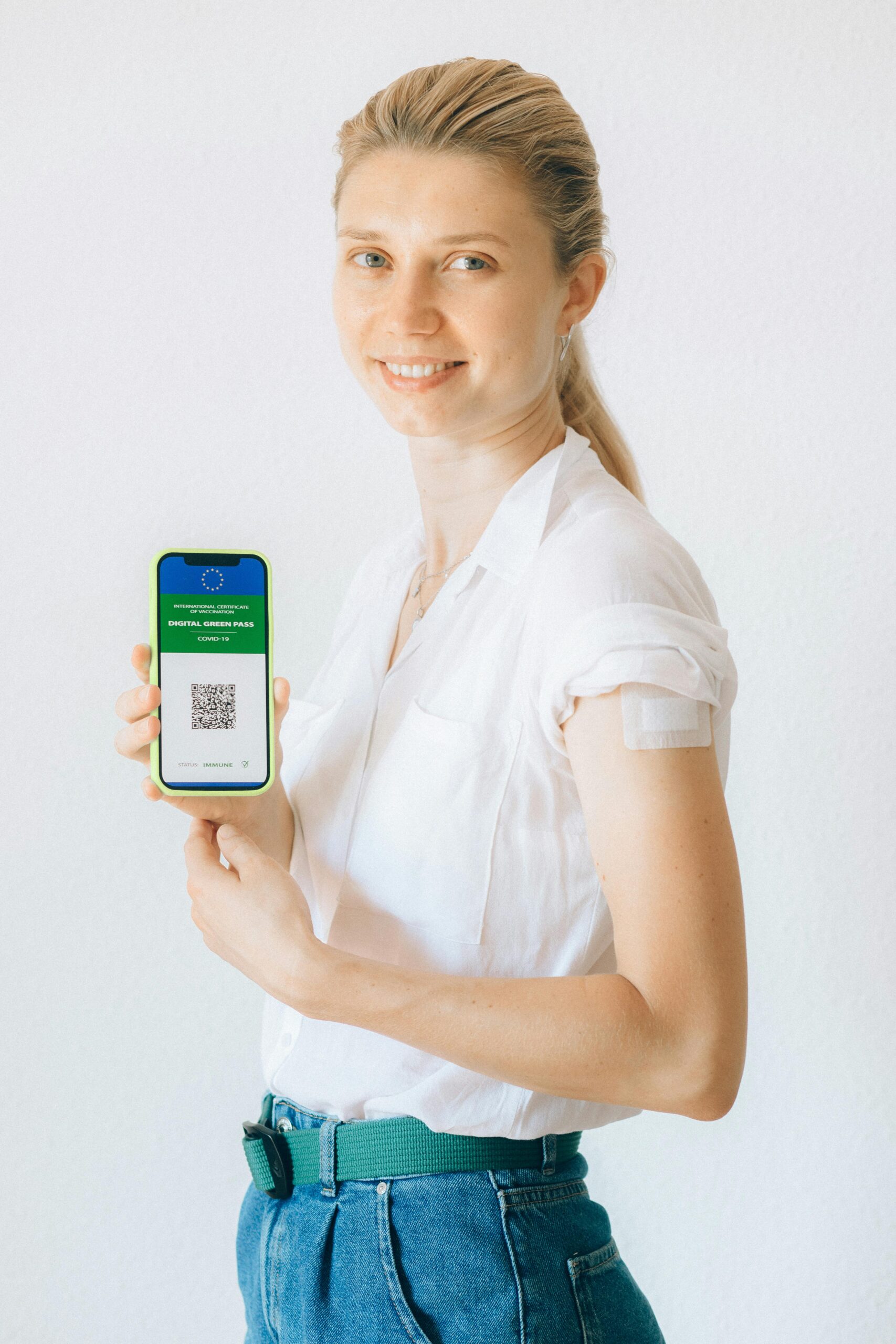QR codes allow teachers to improve the way they connect with students, be it online or in a classroom. The versatility of QR codes allows teachers to disseminate learning materials and create a more interactive learning experience.
Recent studies showed that QR codes make distributed learning with a foreign language a lot easier.
Statistical analysis also proved that students showed a positive response when introduced to QR code-powered learning.
Because of this, software’s such as a free QR code generator are being used by educators to further improve their curriculum.
English as a second language (ESL) teachers can greatly improve their teaching methods and connect with students better by using QR codes.
Best QR code use cases for ESL teachers
There are many ways a QR code can be used in ESL teaching.
They can update their customized online class background with a QR code. This can be placed on the upper left or right corner where it’s easily scanned.
Adding a QR code in online ESL classes promotes more interaction between the educator and the learner.
ESL students can easily access information embedded in the QR code.
Here are more examples of how ESL teachers can use QR codes for their ESL classes:
1. Provide a teacher’s professional background
ESL teachers can generate a PDF QR code that stores their professional background. When scanned by the students or the students’ guardians, the file embedded will show the necessary information to prove the teacher’s expertise and credibility.
2. Show class schedule in just one scan
Teachers can also present their class schedule by simply displaying a QR code while teaching live.
They can upload their class schedule one the free QR code generator online. This strategy makes it easier for students to access the timetable.
It’s paperless, and is also optimized for mobile usage.
3. Present QR code audio guides for pronunciation
Foreign language learning can be overwhelming when topics are given in a single session, especially for word pronunciation.
But an audio QR code can help both the ESL teacher and the student to maximize their time while learning English.
ESL teachers can convert audio guides into a QR code so their students can quickly access, download, and listen to how words or sentences are properly enunciated.
4. Giving out answer sheets via QR codes
When teachers give out answers to a recent quiz or activity, they tend to manually send the files to students. Sending out files this way can eat up your students’ precious paid time.
As a better alternative, ESL teachers can use a text QR code as an option.
After scanning the QR code solution, the students will immediately see the entire answer sheet. No need to wait for the buffering of the internet or to see if the file is compatible with the device.
5. QR codes as portal to online learning materials
Learning materials are now readily available online seeing that many students are going to the internet to research for their assignments, according to a 2017 study.
ESL teachers can redirect their students to online content by creating a URL QR code.
Instead of giving out lengthy URLs, they can simply flash a URL-embedded QR code on their background while doing online classes.
Students can scan the code with their phones which will immediately take them to an online lecture slide, English language acquisition contents, and more.
ESL teachers can also make their QR code attractive by using a QR code generator software to create and design one.
Education nowadays is becoming more flexible. Teachers are learning to adapt to these changes with easy digital tools, as these tend to engage their more tech savvy students.
QR codes, for instance, proved their adaptability as it is now a vital tool for distance learning, distributed learning, and language learning.
Now, ESL teachers can rest assured that with QR codes, their teaching methods make English learning interactive and engaging for their students.

